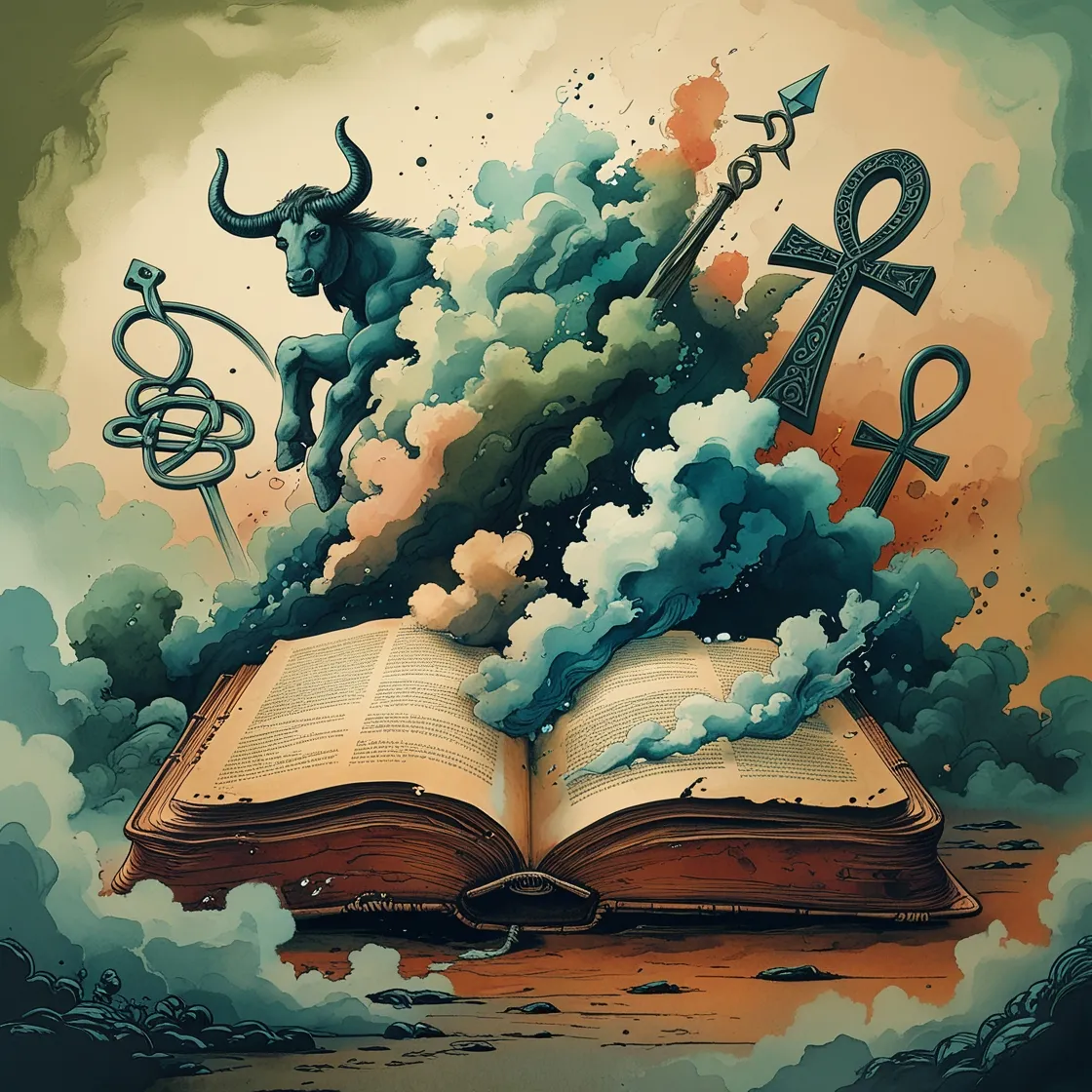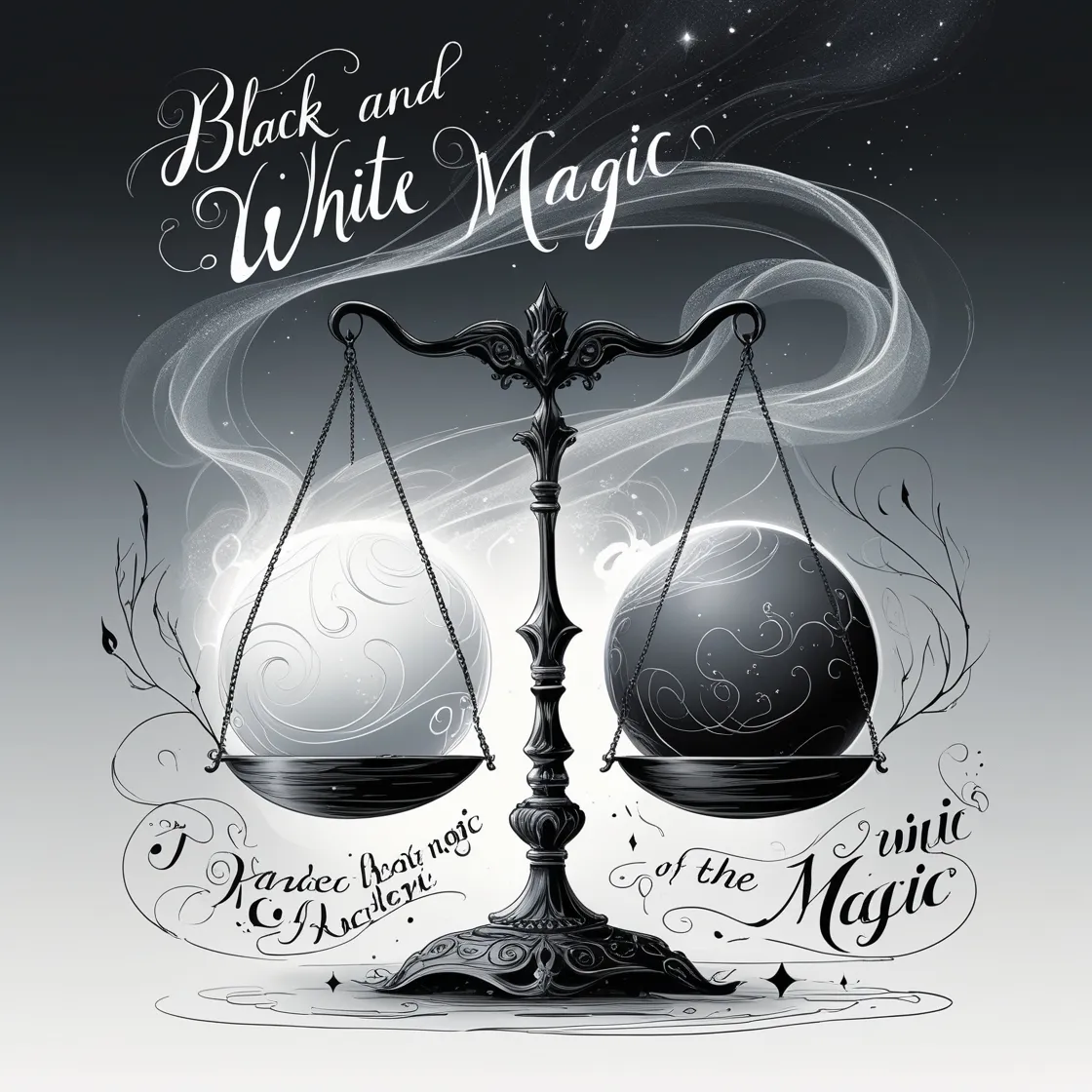The Complexity of Myth: Understanding Symbolism and Interpretation
Myths: More Than Stories
Myths are often seen as simple or fantastical tales, but their depth reveals intricate layers of meaning and cultural significance. As Mircea Eliade explains, myths serve as foundational elements for understanding the cosmos, human nature, and the divine. However, they are not infallible records; they reflect human interpretation and cultural bias.
Myths are shaped by storytellers—priests, scribes, or poets—who filter divine or natural insights through their consciousness, often adding personal or cultural nuances. This filtering creates variations and gaps in the stories, making their interpretation complex.
The Role of Symbolism in Myths
Myths use symbolic language to bridge the divine and human realms. For example, genealogies of gods in Northern and Greek traditions often parallel human family structures. These parallels make myths relatable but also introduce potential misinterpretations.
An example is the characterization of Thor as the "son" of Odin. In truth, this relationship symbolizes an aspect or emanation of Odin’s greater power. The term "son" simplifies a more profound metaphysical concept for easier human understanding.
Oral vs. Written Traditions
Myths originally existed in oral traditions, which allowed for dynamic interpretation and adaptation. Storytellers adjusted narratives based on audience comprehension, ensuring the core truths remained intact. However, the transition to written forms during the rise of structured religions, such as Christianity, fixed these stories, often stripping them of their fluidity.
This rigidity in written myths limits reinterpretation and freezes them in cultural contexts that may no longer apply, further complicating their modern understanding.
Interpreting Myths: Challenges and Principles
Interpreting myths requires careful navigation between their symbolic and literal layers. Key principles include:
- Distinguishing Core Truths: Focus on the central events or truths of the myth, rather than peripheral details.
- Avoiding Literalism: Myths convey universal principles through metaphor; interpreting them literally often leads to misunderstandings.
- Contextualizing Cultural Layers: Understanding the cultural and historical background of a myth aids in uncovering its intended meaning.
For example, the depiction of gods as human-like beings in myths like those of Northern or Greek traditions reflects an effort to make divine concepts accessible, not to equate gods with mortals.
Humans and Their Gods: A Shared Essence
Myths often suggest a profound connection between humans and their gods. Each person is seen as a reflection or emanation of their deity, possessing independent traits yet remaining part of a larger divine system. This concept challenges the perception of separation between the mortal and the divine.
However, human interpretation often distorts this connection. Cultural matrices and individual mental frameworks can fragment the divine flow, turning universal truths into segmented and subjective realities.
Conclusion
Myths are complex systems of knowledge that require careful interpretation to uncover their true meaning. By understanding their symbolic nature, contextual layers, and the interplay between human and divine, we can appreciate their depth and relevance. Whether exploring Northern traditions or other mythologies, myths continue to serve as bridges between the past, present, and the universal truths that shape human understanding.




